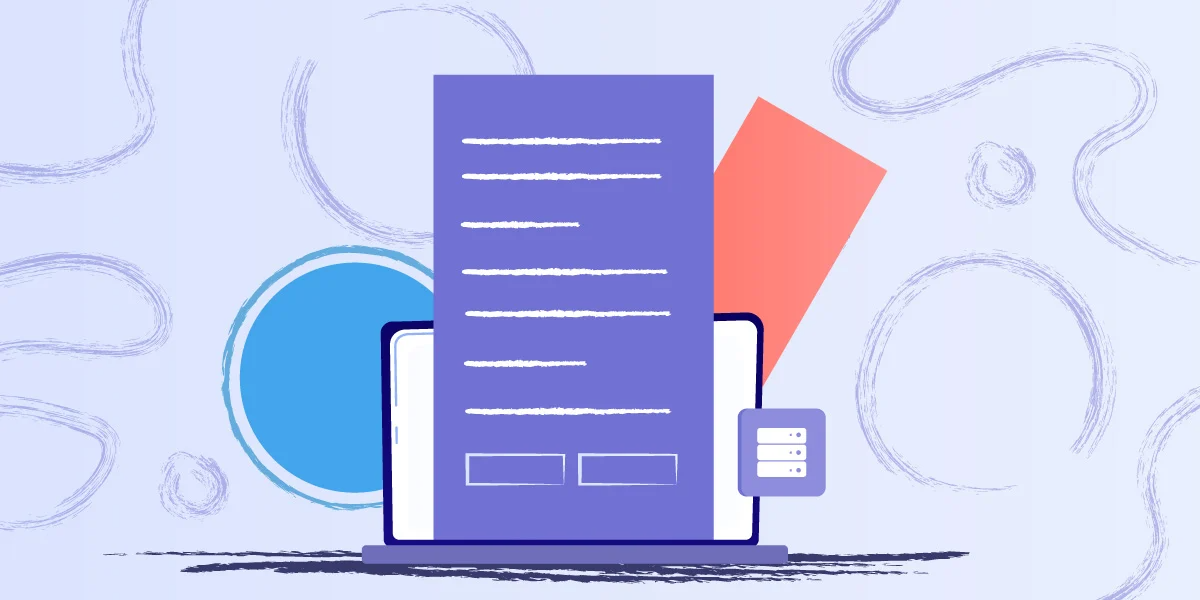You’re feeling like a maze of numbers and aliases when you hear someone talking about IP addresses. It’s normal. Mastering IP Subnetting is no joke but don’t despair: this ultimate ip subnet cheat sheet will make the process less of a daunting mystery! With this straightforward guide, you’ll be able to dissect the confusing details about subnets with clarity and confidence. No matter if you are an experienced network administrator or are a novice the majority of network administrators must be able to understand IP basic addressing principles and how they work to ensure their networks work correctly.

Subnetting of IPs is a critical ability for network administrators as well as IT professionals, allowing them to effectively manage and optimize the network’s resources. We’ve created the ultimate cheat-sheet to assist you to understand the intricacy of subnetting. No matter if you’re new to subnetting or looking for an instant reference This comprehensive guide will equip users with the necessary knowledge and skills required for successful IP subnetting.
I. Understanding IP subnetting:
IP subnetting refers to the practice of subdividing a network into smaller subnetworks or subnets, in order to enhance network performance and manage IP address allocation. It involves creating subnetworks that are logically separated within a larger network, and assigning unique IP addresses to each subnet. This permits efficient data routing and also improves security.
II. Subnetting is a must cheat sheet:
A subnetting cheatsheet can be a valuable tool for administrators of networks. It’s a useful source of formulas that are subnetting-related, as well as rules. This allows subnetting to be more efficient and more accurate. The cheat sheet will help save you time and ensure accuracy when it comes to making subnetting calculations.
III. IP Subnet Cheat Sheet: Essential Elements
1. Subnet mask: The subnet masque determines the network and host portions of an address. The cheat sheet gives a quick reference for determining the subnet mask based upon the number of bits in a network.
2. Network Address: The address of the network is the basic address of a subnet. It’s used to identify a subnet in the larger network.
3. Broadcast Address Broadcast Address: A broadcast address is the highest address in a subnet and is used to transmit data to all devices within the subnet.
4. Host range : This range is all valid IP address that are able to be assigned to devices within a specific subnet. Broadcast and network addresses are excluded.
5. CIDR Notation : The Classless Inter-Domain Router (CIDR) notation is the slash (/) followed the number of bits on the network. To make it easy to reference the cheat sheet has an example of a conversion chart.
IV. Subnetting Success Tips and Techniques
1. Subnetting by hand: The cheatsheet subnet gives step-by-step guidelines for subnetting. It does not require calculators or subnetting software. Understanding the fundamental concepts will enable you to confidently solve subnetting issues.
2. Variable Length Masking (VLSM). VLSM allows the assignment of subnets with different dimensions within a network. The cheatsheet subnet offers guidelines on how VLSM may be utilized to maximize the allocation of IP.
3. Binary to Decimal Conversion: Understanding binary-to decimal conversion is crucial to subnetting. This cheat sheet contains a conversion chart and some strategies to convert binary numbers to decimal.
4. Subnetting Quick-Reference Chart: This cheat sheet contains the subnetting table that displays the number of bits of the network with the subnet mask corresponding to them, as well as the number of hosts, networks, subnets and hosts.
5. Subnetting Examples The cheat sheet provides concrete examples and samples of subnetting issues, allowing you to test your abilities and increase your understanding.
V. Use of a cheat sheet for subnetting:
1. Save time Subnetting cheatsheets enable you to make calculations with precision and quickly, saving you valuable time while doing network administration tasks.
2. Accuracy and efficiency: The cheat sheet is an extremely reliable tool that lowers the chance of errors during subnetting calculations. It also ensures effective use of the network resources.
3. Cheat Sheet for Learning: This cheatsheet serves as a learning aid that can help you understand subnetting concepts. This cheat sheet can aid you in understanding the concept of subnetting and make it easier to utilize it.
With a solid understanding of IP subnetting, IT professionals can easily set up networking systems and effectively manage IP networks. After completing the ultimate cheat sheet for network administrators most likely you’ve gained key insights about how to handle and analyse subnets. Although IP subnetting might not require a thorough knowledge of the basics of networking yet, it’s essential to review them first to better understand the tool. It is essential to practice any IT expertise. Practice the IP Subnetting cheat sheet frequently to strengthen your knowledge. Best of luck!

